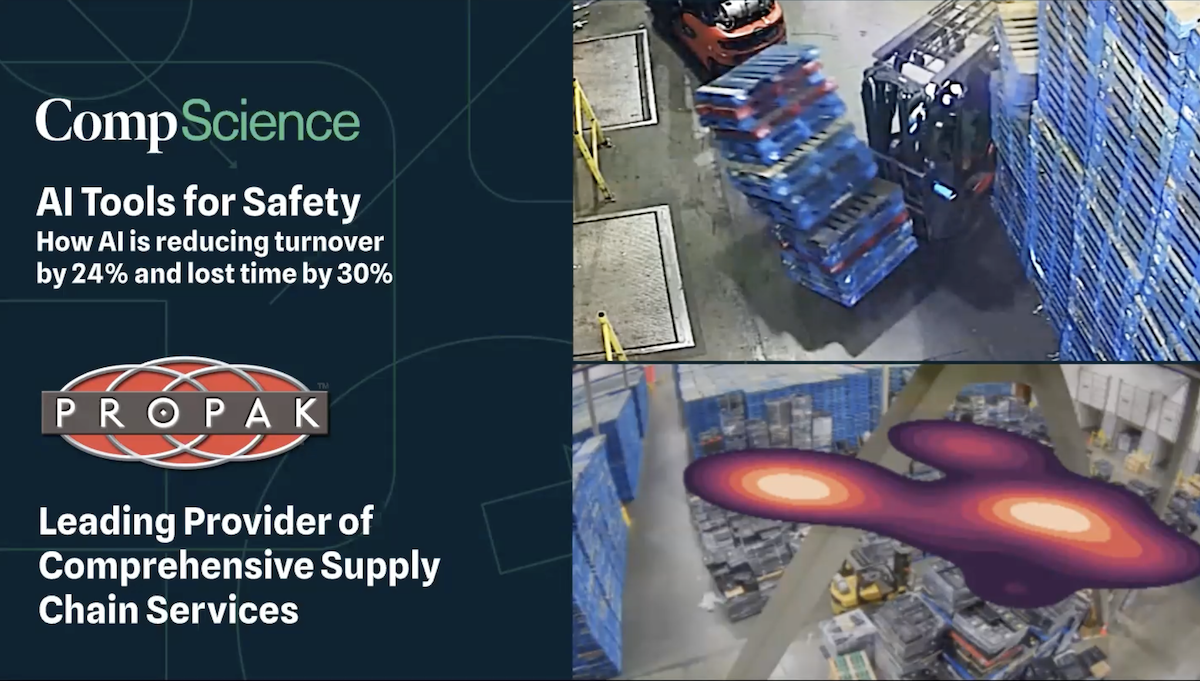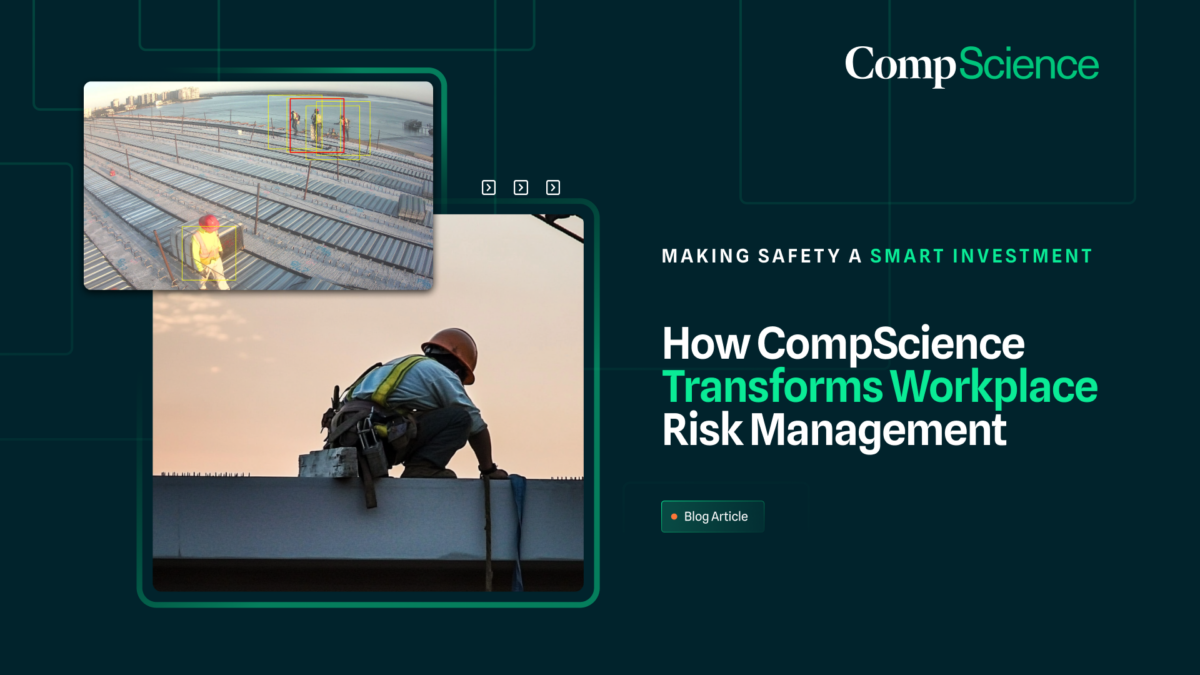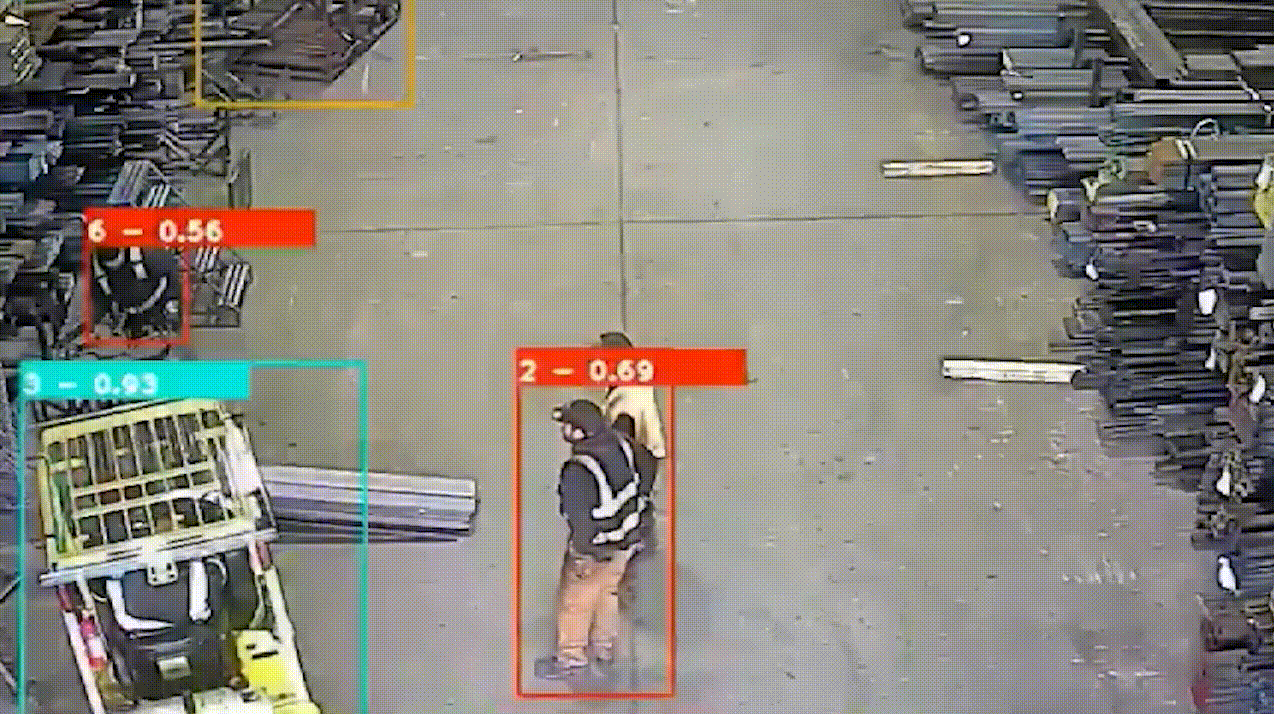Computer Vision, Insight, Workplace Safety
Enhancing Forklift Safety with Computer Vision: Addressing Critical Driving Issues
Forklifts are indispensable in various industrial settings, from warehouses to construction sites, where they transport heavy materials over short distances. Despite their utility, forklifts pose significant safety risks if not operated correctly. Operator errors due to poor visibility, incorrect blade positioning, overhead hazards, and the risk of pinning are common issues leading to accidents. Computer vision technology, with its ability to analyze and interpret visual information in real-time, presents a groundbreaking solution to these safety challenges. By identifying unsafe practices and environmental hazards, computer vision can significantly mitigate the risks associated with forklift operation.
Line of Sight Issues
One of the primary concerns in forklift operation is ensuring the driver has a clear line of sight. Obstructed views can lead to collisions with objects, equipment, or even pedestrians. Computer vision systems equipped on forklifts can monitor the operator’s line of sight in real-time, alerting them to any obstructions. These systems can detect when the load being carried blocks the driver’s view and suggest alternative handling methods, such as carrying the load at a lower height or using mirrors and cameras to navigate safely.
Blades Up
The position of the forklift’s blades (forks) is critical for safe operation. Driving with the blades raised too high can lead to tipping accidents, especially when the forklift is turning or moving over uneven surfaces. Computer vision can continuously monitor the height of the blades and alert operators when they are positioned unsafely. By ensuring that blades are kept at the recommended height off the ground, computer vision aids in maintaining the forklift’s stability and preventing tip-over incidents.
Overhead Load Hazards
Carrying loads at an excessive height not only risks tipping but also poses overhead hazards, such as striking fixtures, beams, or other overhead obstacles. Computer vision can help detect the proximity of overhead structures and warn operators before collisions occur. This capability is particularly useful in environments with variable ceiling heights or where temporary structures may be present. By providing early warnings about overhead hazards, computer vision supports safer load handling practices.
Pinned-By Hazards
Pinned-by incidents, where operators or pedestrians are trapped or crushed between the forklift and another object, are among the most severe accidents associated with forklift use. Computer vision can play a vital role in preventing these incidents by detecting humans or obstacles in the forklift’s path or behind it while reversing. Advanced detection algorithms can differentiate between inanimate objects and people, allowing for timely alerts and automated stopping mechanisms to protect workers from being pinned.
Conclusion
The integration of computer vision into forklift operations offers a proactive approach to addressing common safety issues. By enhancing visibility, ensuring proper blade positioning, alerting operators to overhead hazards, and preventing pinned-by incidents, computer vision technology significantly reduces the risk of accidents. As industries continue to adopt these advanced safety solutions, the potential for creating safer working environments increases, highlighting the importance of technological innovation in occupational health and safety. The adoption of computer vision in forklift safety protocols not only protects workers but also improves operational efficiency by preventing costly accidents and equipment damage, underscoring the technology’s value in modern industrial settings.









